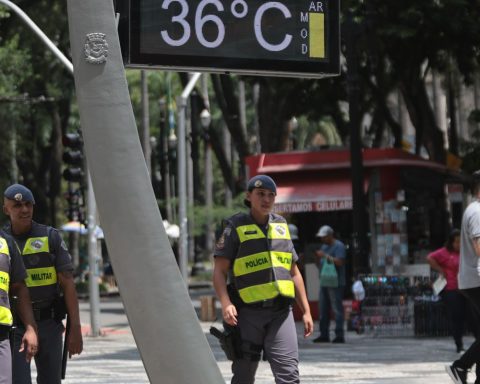Where is the tax collection? This is the question that is being asked at the Anif Economic Studies Center after the results of the tax collection that have been known in recent weeks by the country’s tax authorities, where it can be seen that the collection rate improved, but the balance is still in the red.
And according to the most recent compilation of CARF data, as of September, the country has collected $206 billion for this concept, a figure that falls short of the $214.9 that was expected at the beginning of the year in the Ministry of Finance, showing compliance of 95.9% with respect to the adjusted goal.
More information: Labor reform: the speakers chosen for debate in Commission VII of the Senate
Given this, Anif added that there is also a drop of 8.2% compared to the same period of the previous year and they project that the average collection would lead to the income of the Central National Government ending the year at $276 billion, $76 billion below what was projected in the 2024 General Budget of the Nation approved last year.
“Although it has become clear that the income estimates of the General Budget of the Nation for this year were clearly optimistic and disconnected from economic reality, it is not so clear why we see such negative figures in tax collection, since they show a divorce from economic activity so far this year,” they reported.
Income Tax Return
What is happening?
By reviewing why this is happening and how you should prepare the country for the economic challenges that this will entail, the researchers remember that taxes are a function of economic activity and that the “elasticity of tax collection” compared to economic activity is slightly greater than 1%.
“A first explanation has been put forward by the Government itself. President Gustavo Petro has mentioned in different contexts that the drop in collection figures is explained by a calibration error in income advances due to a decree of February 2023 signed by his Minister of Finance at that time, José Antonio. Ocampo, which led to higher collections in 2023, to the detriment of tax revenues during 2024,” the report says.
Also read: How much weight do games of chance play in the entertainment industry?
Secondly, Anif reaffirmed its concern about the slowdown of several economic sectors that have been very relevant for tax collection on corporate income in previous years, as happens with industry and hydrocarbons, which continue to show data in red at the end of the third quarter.
“The value added in the mining and quarrying sector fell 7.1% annually in the third quarter of 2024, while the industry contracted 1.3% during the same period. The commerce sector, for its part, showed growth of 1%, lower than the 2.1% of the economy as a whole. It is worth remembering that these three sectors explained 64% of corporate income collection for the period 2021-2023,” they added.

Colombian pesos
Finally, they maintain that “there may also be other explanations based in problems in the management of the Dian or business formality; although they concentrate more on the first two obstacles, which for them will undoubtedly be decisive for the remainder of the year and deserve close monitoring.
“The General Budget of the Nation for 2025, awaiting presidential sanction, assumes income from the Central National Government for $343 billion, 24% higher than our estimate for the end of 2024. This figure seems unlikely, especially taking into account the year that Here we present the evidence in favor of the relevance of the sectoral composition of growth,” they concluded.
Thus, Anif recommended that the Government take all this as an example for the PGN 2025 and avoid repeating the mistakes of the past, once again putting the country’s fiscal stability at risk.

















